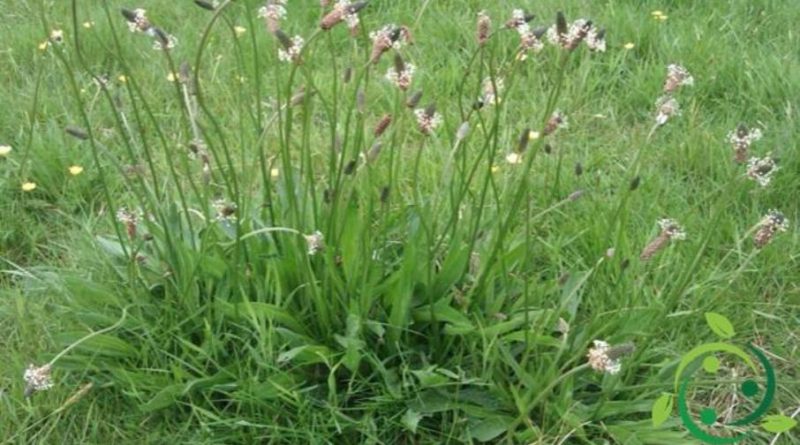How to grow plantain
How to grow plantain
Plantain plantain (Plantago lanceolata L., 1753) is a perennial herbaceous plant species belonging to the Plantaginaceae family. For the cultivation of this species it should be remembered that it prefers non-humid soils with pH tending towards neutral and fairly permeable. In poor soils it is easily cultivable and propagates by rhizome.
The species has medicinal properties that make it particularly sought after for the herbal market: it is the subject of extensive cultivation in Europe, Asia, North Africa, Ethiopia. This type of cultivation requires an adequate preparation of the ground (leveling) that must be flat to facilitate the mechanical harvest so that the cultivation is profitable, since the leaves are only 20-25 cm tall.
Although in many parts of Europe it is cultivated extensively we advise you to cultivate it in addition to the biodiversity of your company and to integrate your income and your productions.
The places where to grow it are the semi-shaded ones (more reason to consociate it with some arboreal essences).
Irrigation must only take place during dry periods and the collection of this plant must be carried out according to the use that you have to make (food or officinale). In fact, it is recalled that the characteristics for medicinal and food uses often do not correspond to the same vegetative period.
The parts of the plant with medicinal properties are the leaves, which are harvested before flowering from June until August, when they are well developed and rich in active ingredients.
Remember that it is a species that tolerates cold very well, withstanding temperatures down to -20 ° C.
The Plantain may sometimes be infesting, in fact the ability to repel several new jets from the basal rosette, allows it to survive the trampling of livestock in the pastures and mowing of lawns.
In the areas where apple trees are grown, it has been observed that in spring this plant hosts the Disaphis plantaginea (the gray aphid of the apple tree), which on this plant performs a part of its life cycle, to return to the apple trees in autumn.

